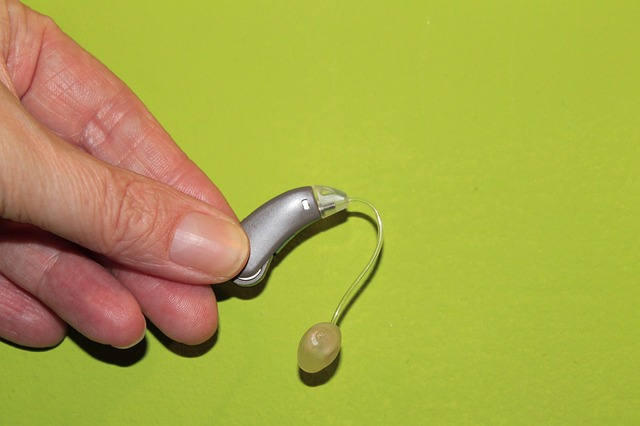Experimental gene therapy, conducted in both China and the United States, has demonstrated successful outcomes in enabling children born with inherited deafness to gain the ability to hear.
On Tuesday, the Children’s Hospital of Philadelphia revealed positive developments in the hearing of an 11-year-old boy named Aissam Dam from Spain, who was born with hearing impairment.
Following treatment at the hospital in October, Dam became the inaugural individual to undergo gene therapy in the US for congenital deafness.
Participating in a trial supported by a subsidiary of Eli Lilly known as Akouos, the hospital documented Dam’s experience of hearing sounds for the first time.
Although the sounds are somewhat muted, resembling the effect of wearing foam earplugs, he can now perceive his father’s voice and the noises of passing vehicles.
A recent study published in The Lancet revealed significant improvements in hearing for five out of six children treated with gene therapy in China.
Another study by Chinese researchers this month reported similar positive outcomes in two additional children.
Encouraging preliminary results have also emerged from other research initiatives. Regeneron Pharmaceuticals in New York announced in October that a child under the age of 2, involved in a study with Decibel Therapeutics, showed enhanced hearing six weeks after undergoing gene therapy.
How Gene Therapy Restores Hearing

A surgeon at the Children’s Hospital of Philadelphia has developed an advanced, minimally invasive endoscope, enabling precise surgical placement of gene therapy directly into the inner ear.
The novel approach involves replacing a defective gene, present from birth in children, by injecting a functional copy directly into the inner ear.
While a surgical procedure is required, the method is promising for restoring hearing by reinstating the functionality of the gene.
The children participating in the experiments share a condition responsible for 2% to 8% of inherited deafness, caused by mutations in a gene governing an inner ear protein called otoferlin.
This protein is essential for transmitting sound signals from hair cells to the brain.
The one-time therapy introduces a functional copy of the gene into the inner ear during the surgical procedure.
In most cases, the treatment was administered to one ear, while one child in the study received treatment in both ears.
